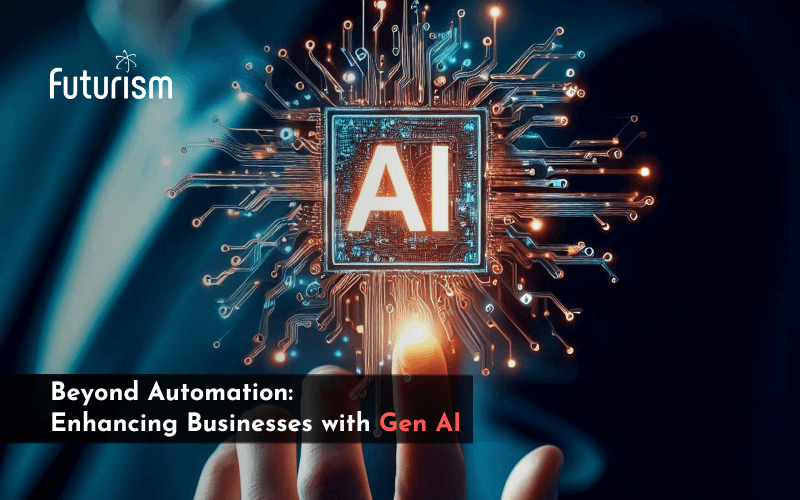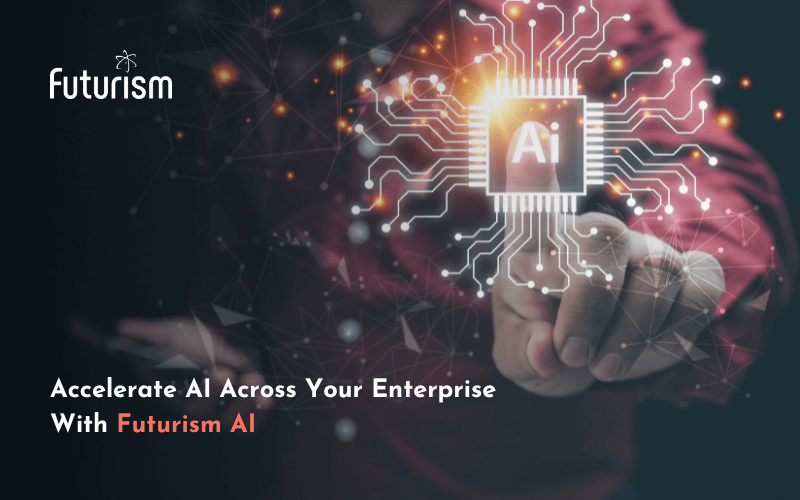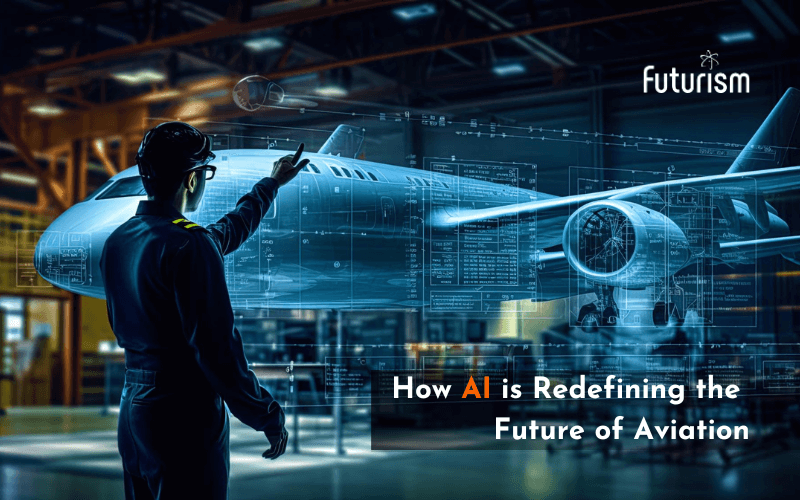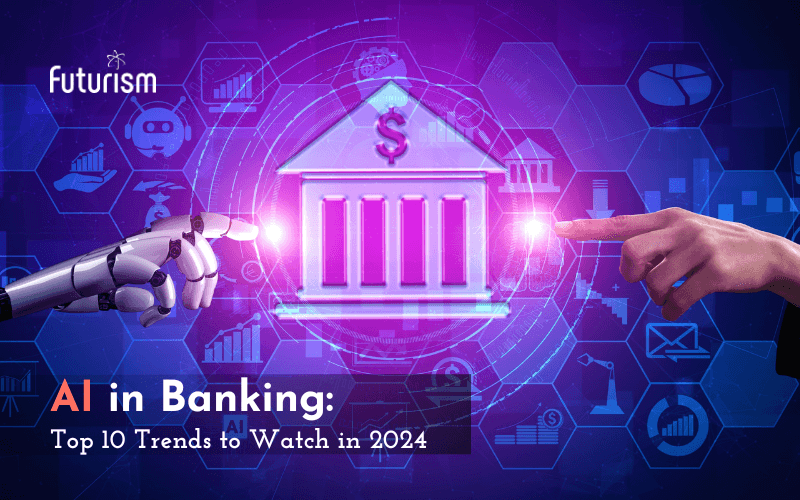Beyond Intelligence: The Rise of Self-Healing AI

Futurism Technologies
January 24, 2024 - 3.2K
5 Min Read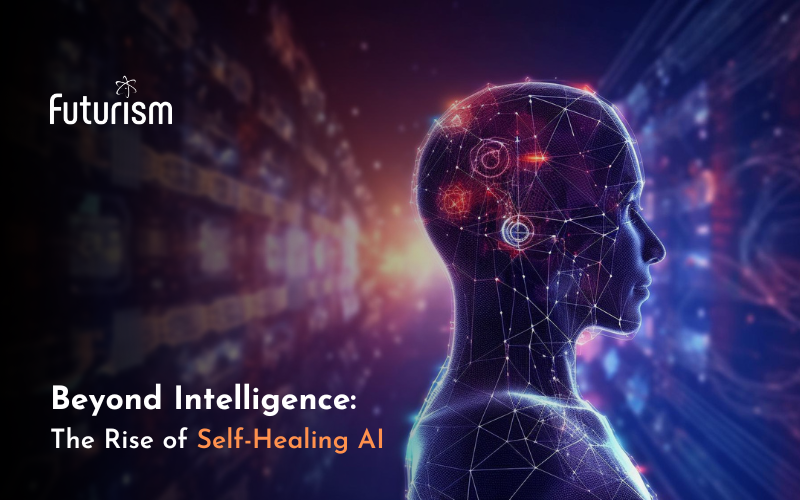
Artificial intelligence, once confined to science fiction, is now woven into the very fabric of our lives. From facial recognition on smartphones to chatbots answering our questions, AI has become ubiquitous. But as AI becomes more complex and integrated, a critical question arises: how do we ensure these systems remain robust and reliable even in the face of errors and unforeseen circumstances? This is where the fascinating concept of self-healing AI emerges.
Types of Self-Healing: Beyond Band-Aids and Patchwork
Self-healing AI isn’t about a magic potion that magically fixes everything. It’s a multifaceted approach encompassing various mechanisms to keep AI systems healthy and functional. Here are some key types:
- Error Detection and Correction: Imagine an AI fraud detection system constantly monitoring its internal workings, pinpointing glitches and errors like a vigilant doctor. This could involve real-time checks for data corruption, algorithmic inconsistencies, or even hardware malfunctions. Once identified, the system could automatically initiate corrective actions, such as restarting affected modules, rerunning calculations, or even triggering self-repair protocols.
- Adaptive Learning: Self-healing AI models can continuously learn and adapt based on new data and experiences. This involves detecting and correcting biases in their training data, refining their decision-making algorithms, and even evolving their internal structures over time. By constantly learning and adjusting, these systems become more resilient to unexpected situations and improve their performance on tasks.
- Fault Tolerance: Picture a network built like a spiderweb, where even if one strand breaks, the rest remain firmly connected. Fault tolerance in AI systems emphasizes redundancy and safeguards against component failures. This might involve distributed computing, where tasks are spread across multiple nodes, or virtualization, where software can seamlessly migrate to different hardware in case of failure. The goal is to ensure the system continues to function even if individual parts encounter problems or breakdown.
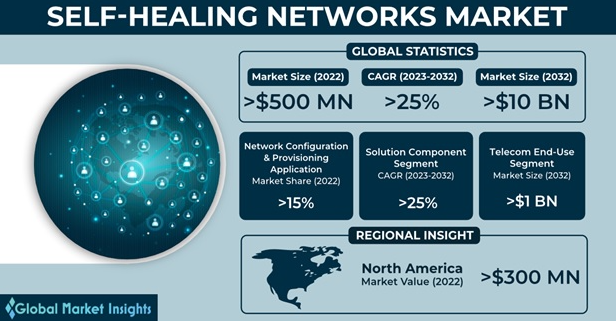
- Self-Repairing Code: This might sound like science fiction, but imagine ‘code’ with the ability to diagnose and fix its own bugs! Self-repairing code could employ techniques like automated program analysis, symbolic reasoning, and even code generation to identify and patch up errors within itself. This would significantly reduce the need for human intervention and improve the overall robustness of the system.
Read also: Coding the Future – The Role of AI in Rapid App Development
Challenges and Considerations
While the potential of self-healing AI is vast, it comes with its own set of challenges and ethical considerations:
- Explainability and Transparency: As AI systems become more autonomous and self-healing, ensuring transparency in their decision-making processes becomes crucial. This includes understanding how errors are detected, what corrective actions are taken, and how these decisions impact the system’s overall behavior. Without this transparency, building trust and accountability becomes difficult.
- Unforeseen Consequences: Like any complex system, self-healing AI can also exhibit emergent behavior, where interactions between different mechanisms lead to unexpected results. Rigorous testing and simulations are essential to identify and mitigate potential risks arising from these unforeseen consequences. We need to ensure that self-healing mechanisms don’t inadvertently cause more harm than good.
- Ethical Dilemmas: As AI systems become more autonomous and self-healing, questions about their ethical responsibilities arise. Who is accountable for decisions made by a system that repairs and adapts itself? How can we ensure its actions align with human values and ethical principles? These questions require careful consideration and ongoing dialogue as we develop and deploy self-healing AI systems.
Read also: Top 8 AI Trends to Watch in 2024 and Beyond
From Theory to Reality: Where are We Heading?
Though still in its building stages, self-healing AI is already finding its way into various applications:
- Self-healing networks: Imagine network management systems using AI to automatically detect and troubleshoot problems, minimizing downtime and disruptions. This would significantly improve the reliability and efficiency of our ever-growing network infrastructure.
- Autonomous robots: Robots equipped with self-healing algorithms could operate in harsh environments, adapt to changing conditions, and overcome obstacles on their own. This could be revolutionary for applications like space exploration, disaster relief, and even underwater exploration.
- Automated software testing: Self-healing testing tools can adjust to changes in software interfaces and user behavior, reducing the need for manual updates and ensuring software remains functional and secure. This would streamline the software development process and improve the quality of the software we use daily.
Read also: Beyond Code – Your Ultimate Guide to AI Cybersecurity
The Need for Collaboration:
- Researchers and developers: Building robust and transparent self-healing mechanisms requires continuous research and development efforts. Rigorous testing, simulations, and ethical frameworks are vital to ensure responsible implementation.
- Policymakers and regulators: Establishing clear guidelines and regulations around AI development and deployment, including self-healing systems, is crucial to mitigate potential risks and ensure ethical use.
- The public: Fostering open dialogue and public education about AI, its capabilities, and limitations is essential. This promotes informed understanding and builds trust in AI, including self-healing systems.
By embracing a collaborative and responsible approach, we can harness the power of self-healing AI to create a future where intelligent systems not only heal themselves but also heal the world around them.
In near future, we can expect:
- AI-powered medical diagnostics in healthcare systems that self-learn and adapt to new diseases, providing faster and more accurate diagnoses for patients.
- Climate-change mitigation efforts driven by self-optimizing AI systems that manage energy grids, predict weather patterns, and guide efficient resource allocation and digital transformation in energy sector.
- Educational systems powered by AI tutors that personalize learning journeys for each student, adapting to their individual needs and strengths.
These are just some glimpses of the possibilities, and the true potential of self-healing AI is limitless. The road ahead will demand careful consideration, ethical grounding, and a solid commitment to building AI that improves lives not just through its intelligence, but also through its ability to heal itself and the world around it.
Takeaway: A Future Shaped by Healing Intelligence
The potential of self-healing AI is bright. It promises to create systems that are more resilient, adaptable, and reliable, pushing the boundaries of what AI can achieve. However, navigating the challenges and ethical considerations is crucial. As we dig deeper into this exciting realm, we must ensure that these self-healing AI solutions not only soar like a phoenix, but also navigate the skies responsibly, guided by human values and ethical principles. The future of AI, and perhaps even humanity, hinges on striking this delicate balance.
Want to experience the cutting-edge world of artificial intelligence? Contact us now!
Subscribe Now!
TRENDING POSTS
-
Futurism Returns to Hannover Messe 2024: Leading the Charge in Industrial and Digital Transformation
-
The Role of Smart Maritime IoT Solutions in Enhancing Maritime Safety
-
Data Integration Unlocked: From Silos to Strategy for Competitive Success
-
Navigating the Shadows: Understanding Zero-Click Attacks in the Digital Age
-
AI Reimagined: Crafting Next-Gen AI Apps with Expert Fine-Tuning
-
Explore Next-Gen Digital Solutions with Futurism at MWC 2024
-
Futurism Unleashes the Technology of Tomorrow at MWC Barcelona 2024
-
Futurism AI: Turning Ideas into Apps at Lightning-Fast Speed
-
Accelerate AI Across Your Enterprise With Futurism AI
-
Futurism to Address the Biggest Security Challenges at RSS 2022
-
Futurism at SelectUSA 2022: Steering the Next Wave of Businesses
-
Futurism to Uplift the MSP Business Community at the MSP Expo 2022
-
Futurism Sets Out to Address the Biggest Security Challenges at the RSA Conference 2022
-
5 Ways to Prepare Your Business for Digital Transformation
-
4 Ways To Win at Digital Transformation on a Shoestring Budget
-
Futurism: Empowering MSPs at the Channel Partners Conference & Expo 2022
-
Why AI in Digital Marketing is the Next Big Thing?
-
Futurism brings ‘Mobile First Digital Transformation’ to the fore at MWC Barcelona 2022
-
Cybersecurity for Rural Hospitals: How can Rural Hospitals become Cyber Smart?
-
Futurism Empowers Rural Health Care Community at the AHA Rural Health Care Leadership Conference
-
The Biggest Problem With Cybersecurity In Healthcare Sector, And How IBM QRadar Can Fix It?
-
How IBM MaaS360 is Revolutionizing Endpoint Security in the Healthcare Industry?
-
Futurism to Present its MSP Partner Program at the Channel Partners Conference & Expo 2021
-
EndPoint Security in Healthcare Matters and IBM MaaS360 Can Help
-
How AI Will Enable Faster Adaptation of Digital Transformation
-
How Is Digital Modernization Important In Supplier On-Boarding?
-
Top 10 Email Marketing Tips for This Holiday Season
-
Benefits of using ERP Software for Energy and Gas Industries
